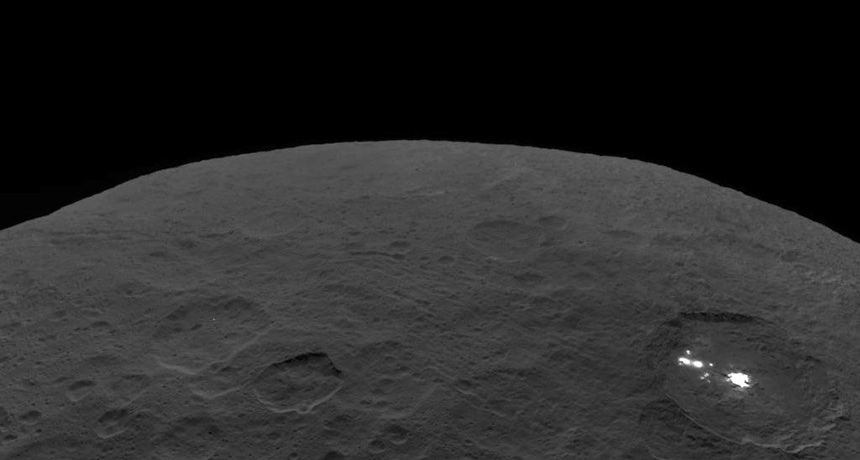Dawn, the first spacecraft to orbit 2 alien worlds, has gone silent
The probe will continue to circle dwarf planet Ceres for decades

LAST LOOK This photo of dwarf planet Ceres and the bright spots reflecting salt deposits in Occator crater was one of the last that NASA's Dawn spacecraft transmitted before it stopped communicating on October 31.
JPL-Caltech/NASA, UCLA, MPS, DLR, IDA







